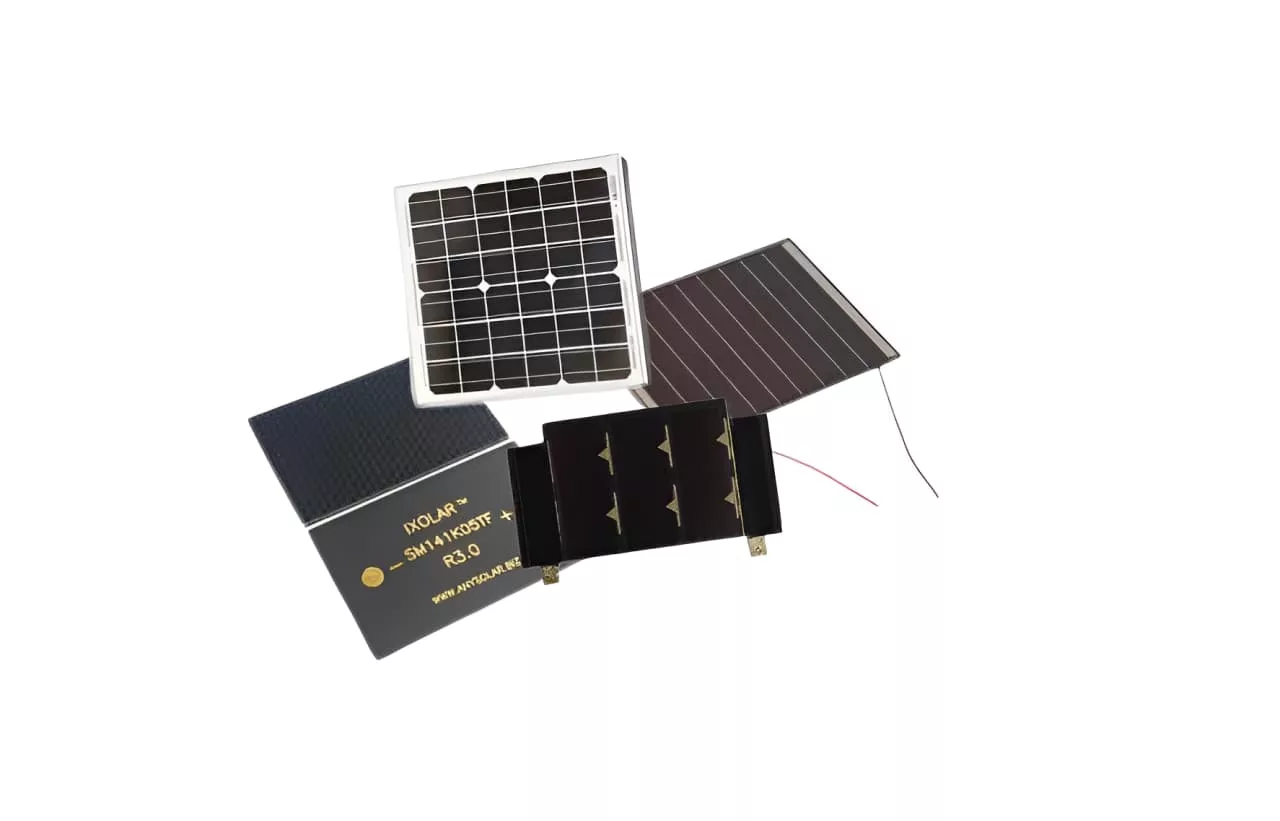
Introduction
The sun, the ultimate source of energy, radiates an immense amount of energy towards Earth every second. Harnessing even a fraction of this energy holds the key to a sustainable future. Solar cells are the key to unlocking its potential by converting sunlight into electricity. In this comprehensive article, we discuss the basics of solar cells, covering their role in shaping a sustainable energy future.
What are Solar Cells? Definition and Purpose
They are also called photovoltaic (PV) cells, are semiconductor devices that harness the sunlight’s power and convert it into usable electricity. These cells are a building block of solar panels and are designed to generate maximum energy output through exposure to sunlight. A solar cell is typically crafted from semiconductor materials, such as silicon, which absorb a significant amount of photons (light particles) from sunlight. The fundamental purpose of a photovoltaic cell is to convert sunlight into electricity that is harnessed to power electrical devices, charge batteries, and provide clean, renewable energy sources. In essence, these cells act as tiny power plants, transforming sunlight into clean and renewable energy.
How Solar Cells Capture and Convert Sunlight?
They convert sunlight into usable electricity based on the photovoltaic effect. This process begins when photons in the sunlight strike the solar cell. The cell’s semiconductor materials that feature unique electrical properties transfer their energy to electrons within the material, causing them to excite and break free from their atoms. These free electrons then flow across the cell, creating an electric current. This current is captured to power homes, businesses, and various devices.
The Role of Solar Cells in a Sustainable Future
As the world adopts renewable energy, these cells are at the forefront in reducing carbon emissions and promoting sustainability. Governments and businesses are consistently investing in solar projects, recognising the technology’s potential to meet growing energy demands while mitigating climate change. International initiatives, like the Paris Agreement, have further accelerated the adoption of solar energy. By 2050, experts predict that solar power could become the largest global electricity generation source.
What are the Popular Types of Solar Cells?
The diverse options in the market ensure that solar solutions can fit a variety of budgets, climates, and energy needs, making solar power ever more accessible.
Crystalline Silicon Cells
They are the most common types, accounting for the majority of the market. They are available in either monocrystalline or polycrystalline silicon forms:
- Monocrystalline Silicon – These are the premium choice photovoltaic cells made from a single crystal of silicon. These sleek cells are highly efficient but often come at a higher cost.
- Polycrystalline Silicon – These cells are composed of multiple silicon crystals melted together. These are less efficient but are generally cost-effective, making them popular for residential use.
Thin-Film Solar Cells
These cells are crafted by depositing thin layers of photovoltaic material on a substrate. They can be more flexible and lightweight but are less efficient than crystalline silicon cells.
Emerging Technologies
These are the latest innovations, though still in the research and development phase. These include Perovskite solar cells and other next-generation organic solar cells that offer promising improvements in efficiency and lower manufacturing costs.
Solar Cells vs. Rechargeable Batteries: Understanding the Differences
Solar cells and rechargeable batteries are both complementary technologies, but they function fundamentally in different ways. These cells directly convert sunlight into electricity that is used immediately or stored for later use. They cannot store energy on their own. Rechargeable batteries, on the other hand, are devices that store chemical energy and can be charged by an external source, such as a power outlet or another battery. These batteries provide a means of storing the electricity generated by solar cells for use when sunlight is not available. Here’s the table summarising the key differences between solar cells and rechargeable batteries:
| Feature | Solar Cells | Rechargeable Batteries |
| Function | Convert sunlight into electricity | Store and release electrical energy |
| Energy Source | Sunlight | Chemical reaction |
| Output | Direct current (DC) electricity | Direct current (DC) electricity |
| Storage | No inherent storage capacity | Yes, designed for energy storage |
| Environmental Impact | Clean and renewable energy source | Can have environmental concerns related to manufacturing and disposal |
Broad-Range Applications of Solar Cells Across Various Sectors
They are widely utilised in solar panels and solar-powered devices for residential and commercial buildings, like calculators and watches. They are significant in powering remote locations, such as satellites and space stations, where traditional power sources are impractical. In the transportation sector, solar-powered cars and airplanes are emerging as eco-friendly alternatives to conventional vehicles. In agriculture, solar technology powers irrigation systems and farm machinery, enabling farmers to reduce fuel costs and increase sustainability. Additionally, in remote and underserved regions, solar energy offers a lifeline by powering essential services such as healthcare, education, and communication, proving its versatility and broad applicability in advancing global energy solutions.
Final Thoughts: Solar Cells as a Cornerstone of Sustainable Energy
The future of solar energy is bright—solar cells offer a clean, reliable, and increasingly affordable way to power our homes, businesses, and transportation systems. In embracing solar energy, we are not just powering our present—we are illuminating a pathway to a greener, more sustainable future for future generations.





















